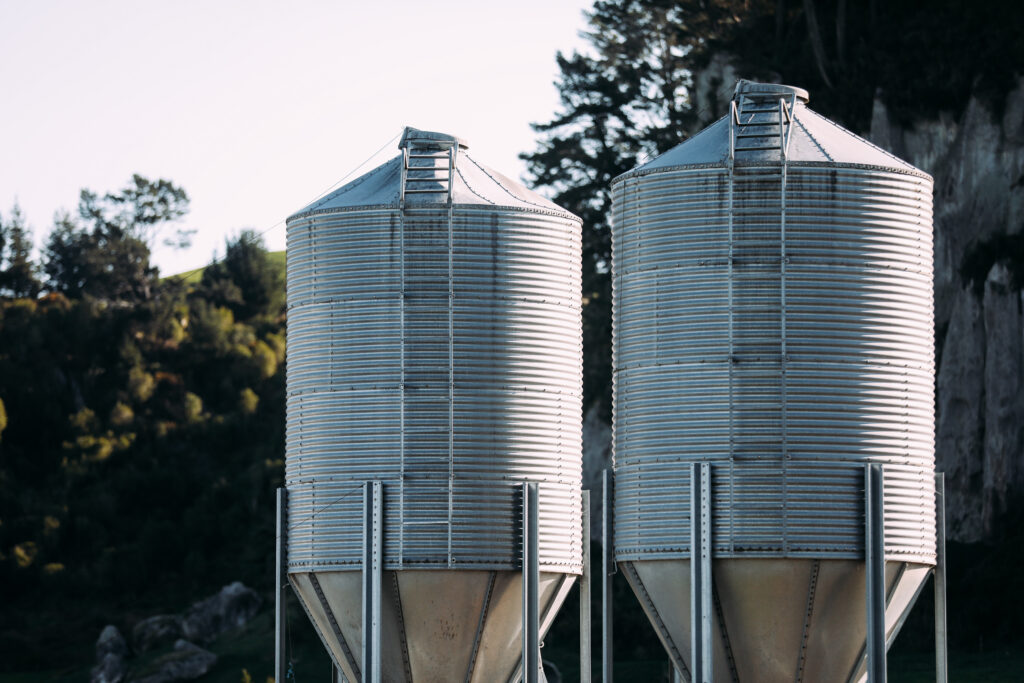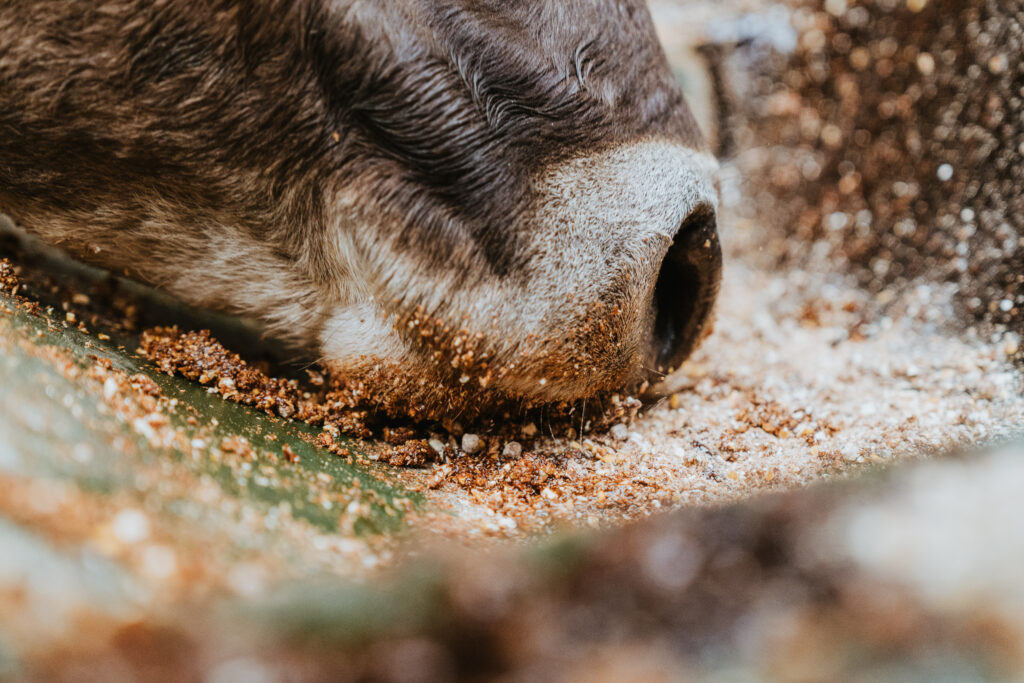Tough times, be it bad weather, lack of feed or poor payouts, can strip farmers of profitable margins and rob them the luxury of complacency that high payouts can sometimes provide.
Vigilance in these times with clear direction and a plan that focuses on efficiencies can help protect margins and safeguard your farming future.
That’s the message from GrainCorp Animal Nutrition Technical Feed Partner Ken Winter.
“Analysing your spending, avoiding unnecessary expenses and thinking not only about short-term goals, but considering the long-term effect, is good advice,” he says. “However, underfeeding your cows, often referred to as ’controlled starvation’, is not helpful for the health of your herd or your wallet.”
Ken urges consultants, advisors, meal companies and even bankers to be cautious about the advice they give farmers right now.
“We know cashflow is tight, but cow dry matter intake and energy alone aren’t the only things we need to consider,” he says. “It is more than just the price per tonne of feed that needs to be considered at this crucial time.
“Right now, farmers with spring calving herds are setting the ceiling on what production they can achieve for the whole season by the actions they take right now. Decisions made now will have season-long impacts on animal health and condition, production and profitability.”
Stimulating appetite, improving ‘rumen burn’ and activating milk secreting cells is all about gearing cows up to be able to harvest more feed and convert that feed more efficiently. Ken says this needs to be done now to capitalise on the feed when farmers get to ‘balance day’.
“The longer a cow goes underfed post calving, the more at risk she is at of ‘fatty liver’ and poor feed conversion efficiency. There are also long reaching negative effects of reduced appetite and reduced dry matter intake.”
Ken believes the challenge farmers and their advisors face right now is understanding what level of production their cows could and should be producing at any given stage of lactation.
“There are numerous factors that can have a big influence on that potential outcome,” he says. “There is a gap of knowledge and understanding in our dairy industry about how best to get cows to perform closer to their genetic ability. Too many work simply on averages. Average production and average performances won’t cut it during tough times like we are experiencing now.”
Feed plans that have been generated with no expected production targets relative to feed input demonstrates this lack of understanding.
“On the other hand, if production targets are identified, but there’s an oversupply or under supply of energy, it is clear that feed conversion efficiency and the importance of profitable margins aren’t a priority, nor are they clearly understood.
“Without knowing where your cows should be performing at any given time, it is impossible to accurately estimate or measure energy requirements and profits after the costs of all your feeds, including that grown at home.”
Starting with home grown feed, Ken encourages farmers to focus on feed utilisation, feed conversion efficiency and utilised dry matter, which ultimately leads to optimal reproduction and profitable production. He stresses the importance of creating feed plans and budgets based on real time data.
“Clever use of your milk data from your milk company in conjunction with your farm set up, breed of cow, calving spread and peak milk, can give us a very good insight to existing limitations and potential opportunities.
“Once these are understood, feed composition can be analysed, diets optimised, costs and milk prices considered, a thorough feed and management plan can be developed.
“Calculating costs and margin from filling short term feed gaps, utilised dry matter per hectare, along with forage analysis and external diet review programmes, form an important part of the process. This helps us determine how best to fill feed gaps and to estimate the potential return on investment.”
There are a myriad of tools and services that can help farmers simplify the process of making proactive, fact-based, real-time decisions to help meet both short and longer-term objectives. Ken encourages farmers to make the most of them.
“Spreading costs over a higher volume of milk, reduces the production cost per kgMS. Getting cows to produce more from the same amount of feed or less, is all about improving profit. This is more important than ever with a lower-than-expected payout.”
- GrainCorp Technical Feed Partner, Ken Winter



